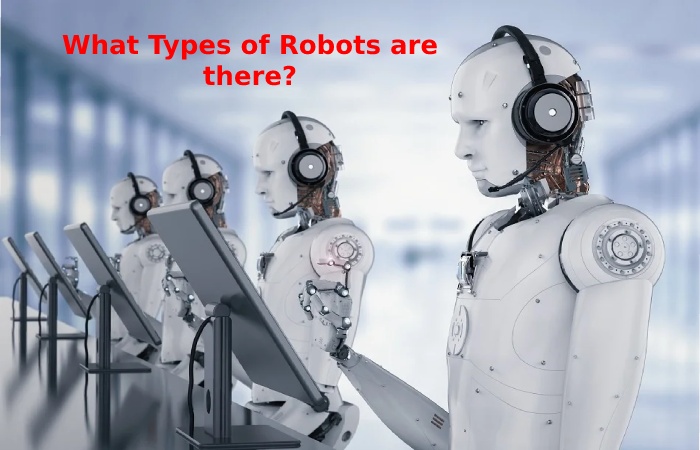Table of Contents
Introduction
Robotics is a discipline that agreements with the design, operation, manufacture, study, and application of automata or robots. It combines mechanical engineering, electrical engineering, electronic engineering, biomedical engineering, computer science, and other disciplines.
Robotics represents the pinnacle in the trajectory of technological development, that is, tool design. Its mission is to build a tool that can perform many of the tasks currently carried out by humans more efficiently and quickly or in conditions and environments that would be inaccessible to them.
What are Robotics and What are its Main Uses
A brief overview of the history of robotics, its fundamental concepts, and some examples of the most unique and exciting prototypes on the market.
Although anyone can get an idea about what robotics is and what its main uses or applications are, really defining what a robot is, what types of robots exist, and where this discipline is today, which combines the latest advances in science, technology, and engineering, it can be something considerably more complex.
Although the concept of the automation has been present in our collective imagination since the very dawn of history and has aroused all kinds of emotions, from the avid suspicion of Ancient Greece or the illumination of Da Vinci in the Renaissance to the stupor of the sinister Accused by Freud and even the fascination generated by science fiction authors, such as Asimov, K. Dick, and Huxley during the first decades of the last century, later promoted by the seventh art, robotics today is an absolute reality that never ceases to amaze.
What Types of Robots are there?

As we mentioned before, although the true origin of robotics itself can be traced even before the Common Era, and although modern robots -as we know them today- emerged only in the last century, the development of Robotics has undergone an evolution and exponential growth in the previous two decades.
In this way, there are currently various types of robots with unique characteristics, in the most varied sizes, shapes, and materials, and with different levels of autonomy, intelligence, functionality, and capacity. For this reason, there are also various ways of classifying robots.
Throughout robotics, these have been classified about their generation, level of intelligence, control, and programming language. These categorizations reflect, among other things, the power of the software in its controller and particularly how sophisticated it is in the interaction of its sensors.
Also Read: What are Cloud Services? – Work, Types, and More
Types of Robots According to their Chronology
It is the most general classification of robots and mainly distinguishes between three and five periods of production or construction, called ” generations. ”
Handling or First Generation Robots
It is the group of robots that has the mechanical factor as the highest priority. They are handling robots with multifunctional mechanical systems with a simple and commonly manual control system with a fixed or variable sequence.
All robots are designed to complete an assigned task and solve the challenges of the environment through mechanics. Likewise, although they all share this mechanical aspect. The first generation is characterized by prioritizing this factor to complete their tasks.
Learning or Second Generation Robots
It categorizes the so-called learning robots, which repeat a specific sequence of movements that a human operator has previously executed. To do so, they use a mechanical device, just like the first generation ones do, except that. In this case, the operator performs the required movements and actions. At the same time, the robot follows them, analyzes and memorizes them, and then replicates them.
Robots with Sensorized Control or Third Generation
The third generation is that of the so-called robots with sensorized control. These are, in essence, computers that execute orders from a program and send them to the manipulator so that it makes the necessary movements, overcoming the challenges of its environment to complete a task.
In this sense, using sensors allows third-generation robots to have certain knowledge regarding the environment or the environment surrounding them. These sensors dimension the space and adjust their control strategy to it.
5G or Fifth Generation Robots
Closely related to the development and application of artificial intelligence. Fifth-generation robots or 5G robots are currently being worked on, thus representing the latest advances in robotics.
The incorporation of state-of-the-art artificial intelligence systems. Contemporary behavior models, and a brand new subsumption architecture make these the accurate robots of the future. Biotechnology and nanotechnology, for example, are other disciplines incorporate into this generation.
Conclusion
Robotics is an interdisciplinary division of computer science and production. Robotics contains the design, construction, operation, and use of robots. It aims to design machines that can help and assist humans.
Also Read: What is Full Stack Development? – Benefits and Skills
